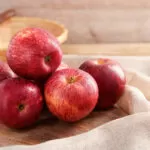Omega-3 fatty acids rich foods contain either alpha-linolenic acid (ALA) or two essential fatty acids eicosapentaenoic acid (EPA) and docosahexaenoic acid (DHA).
EPA and DHA regulate neurotransmitters, reduce inflammation, and promote brain function.
Omega-3 fatty acids are a group of polyunsaturated fatty acids that have been shown to have a range of health benefits. Although they don’t provide the same benefits as omega-6s, they are still important for maintaining good overall health.
Current recommendations suggest eating at least two fatty fish per week. A study trusted Source conducted on men found that eating salmon three times per week reduced self-reported anxiety.
Omega-3s can be found in certain foods and supplements, but getting enough omega-3s each day through sources like fish, flaxseeds, and walnuts is.
Chia Seeds
Chia seeds are a good source of omega-3s, fiber, and protein. They can be used in both sweet and savory dishes, like chia seed pudding or chia seed jam.
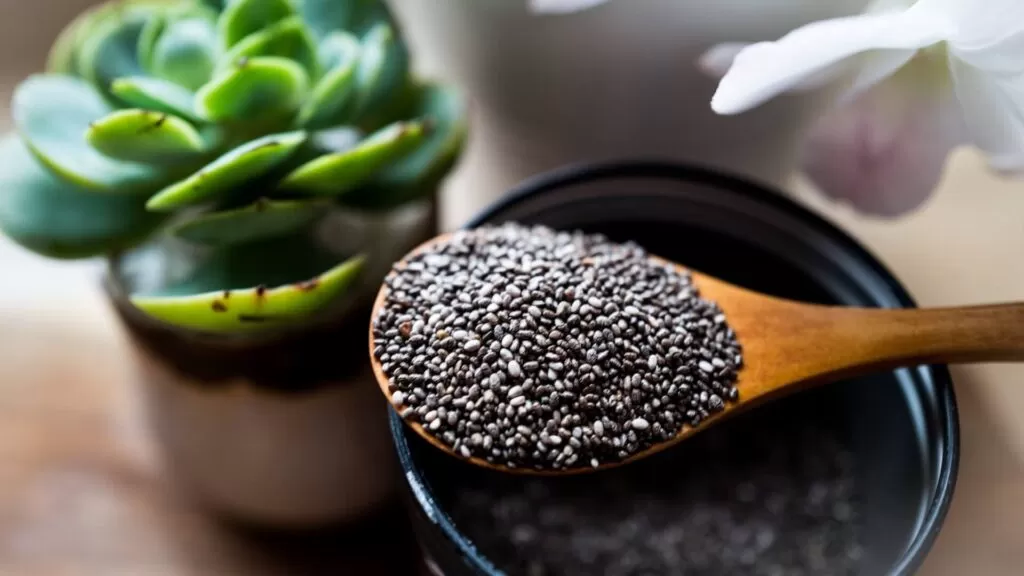
Walnuts
Walnuts are a good source of omega-3 fatty acids. Each walnut contains about 1 gram of alpha-linolenic acid, an omega-3 fatty acid that’s found in many foods like flaxseed oil and chia seeds.
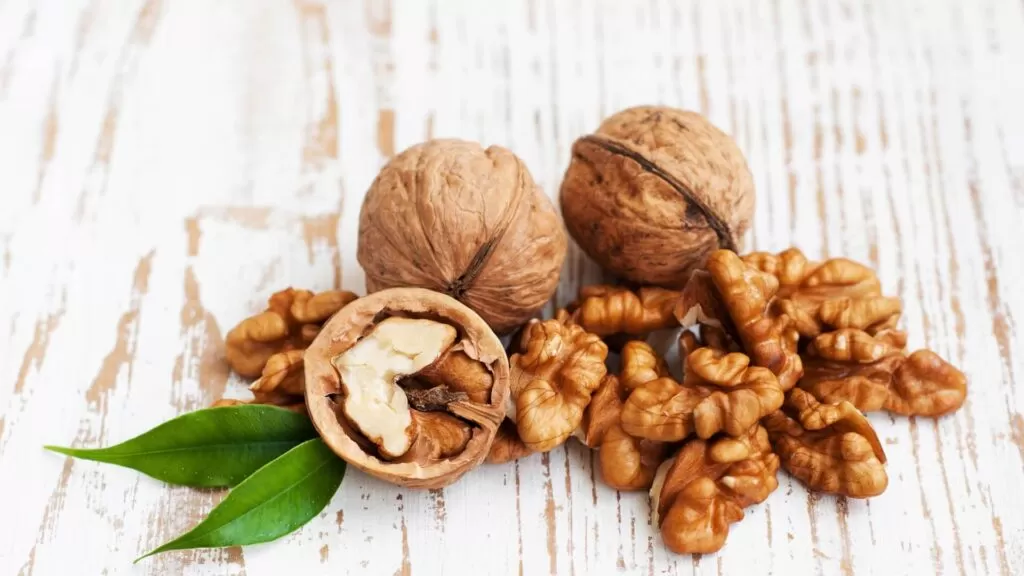
The walnut also contains monounsaturated fats like oleic acid, which has been linked to heart health because it lowers blood pressure by reducing inflammation in the body.
Fatty Fish
Fatty fish are an excellent source of omega-3 fatty acids, which help fight inflammation and may even lower your risk of heart disease. The best types include:
Salmon –
This freshwater fish contains up to 3 grams of omega-3s per serving (1 ounce) in its flesh and about 2 grams per fillet or steak. You can find it at most grocery stores or sushi bars, but make sure you buy it from a reputable source that doesn’t add extra preservatives or anything else weird—the last thing you want is salmonella poisoning!
Trout –
Trout has been shown to have similar levels as salmon when consumed in moderation; however, it tends not to have much fat content so it’ll cost more than other options like lake trout or sardines if you’re buying fresh straight off the boat at your local market.
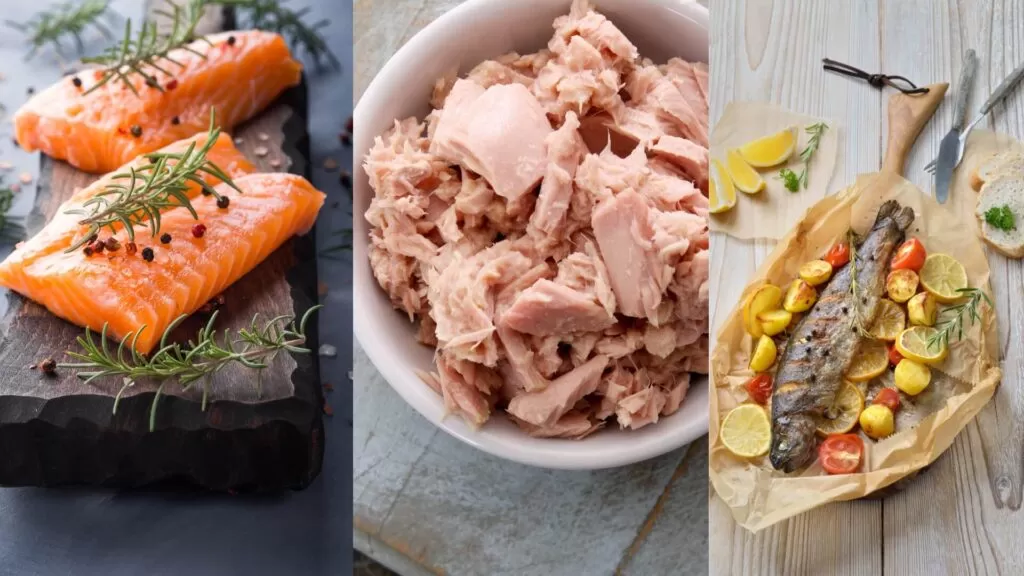
Tuna –
Although tuna is often considered a “fatty fish,” it contains very little fat and is a good source of protein. It also contains high amounts of omega-3s, so try eating it in moderation to get the most out of this seafood alternative.
Soybeans
Soybeans are a good source of omega-3s, which is great for your heart. They’re also high in protein and fiber, which helps keep you full until your next meal. Soybeans have just one gram of saturated fat per serving (about half the amount you’d find in a slice of bacon), so they’re pretty healthy too!
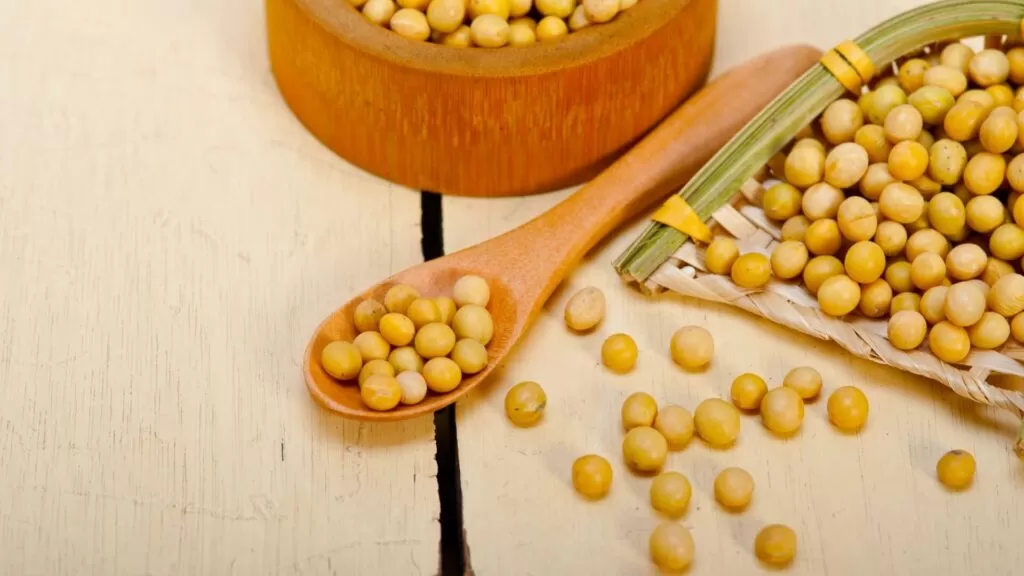
Soybeans are low in cholesterol and sodium (a common cause of hypertension). They’re also a decent source of vitamin K, which helps with bone health and overall bone strength.
Flaxseeds
Flaxseeds are a good source of omega-3 fatty acids, which can be added to salads, smoothies, and cereals. They can also be used to make flaxseed oil.
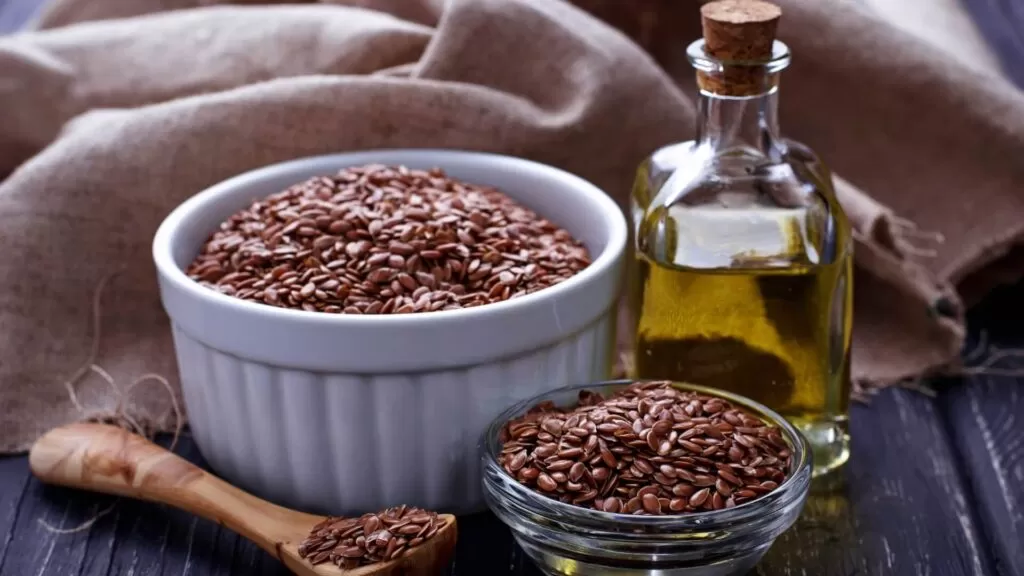
Flaxseeds are known as “linseeds” in the UK and Canada (where they’re called “flax”).
They’re a good protein, fiber, magnesium, and iron source. They also contain lignans, which are phytoestrogens that may help fight breast cancer.
Egg Yolks
Eggs are one of the best sources of protein, and they’re also an excellent source of vitamins B12 and riboflavin. Their nutrient content also includes choline, which can be found in egg yolks.

Eggs are high in omega-3 fatty acids (which help reduce inflammation), with each serving containing around 6 grams—or roughly 1/6th cup cooked—of these healthy fats.
Brussels Sprouts
Brussels sprouts are a cruciferous vegetable, which means they’re rich in vitamin C, fiber, and potassium. They are also a good source of vitamin K and antioxidants.
Brussels sprouts are low in calories but high in nutrients for weight loss purposes. They’re also great for people who want to lose weight or maintain their current weight because they have fewer calories than other vegetables.
Omega-3s are a group of polyunsaturated fatty acids with various health benefits.
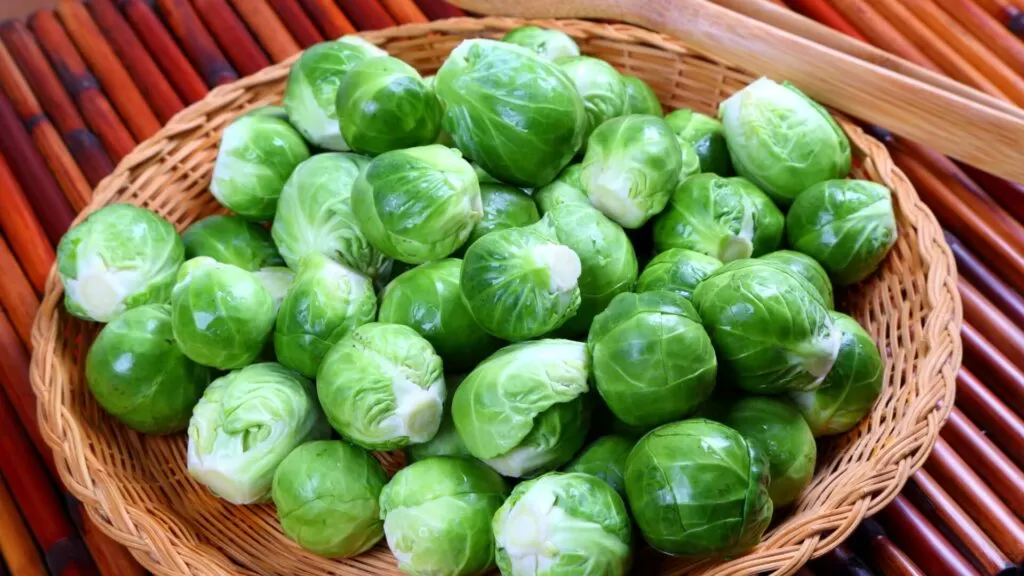
They are a group of polyunsaturated fatty acids with various health benefits. These nutrients can help you maintain your heart health, lower your risk of depression and anxiety, and improve mental performance.
There you have it—a list of omega-3-rich foods with a variety of nutritional benefits. While we’ve only scratched the surface here, hopefully, this list gives you some ideas about what to eat and drink for your next meal or snack! As always, remember that it’s important to listen to your body when making dietary changes. If something doesn’t feel right, don’t force yourself through it—take a break from eating that food until you find something better suited to your needs (and vice versa). Good luck!


